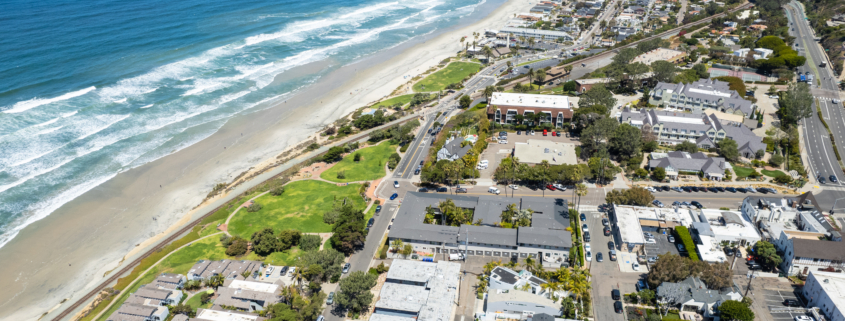Mastering Rent Increases in San Diego: A Comprehensive Guide for Landlords & Tenants
Are you a landlord or tenant in sunny San Diego contemplating a rent increase? Whether you’re seeking to understand typical calculation methods or navigating local regulations, mastering rent adjustments is crucial for a smooth rental experience. In this comprehensive guide, tailored for San Diego’s unique market, we’ll delve into the factors influencing rent increases, calculation methods, and compliance with local regulations, including the 10% annual cap on increases.
Factors Influencing Rent Increases: San Diego’s rental market dynamics play a significant role in determining rent adjustments.
- Thriving Real Estate Market: Demand for rental properties in desirable neighborhoods can lead to rent hikes.
- Property Maintenance Costs: Higher maintenance expenses, particularly for properties near the beach or in tourist areas, may necessitate rent increases.
- Rising Property Taxes and Operating Expenses: Fluctuations in property taxes and other expenses impact rent adjustments.
- Market Comparisons: Benchmarking against similar properties helps landlords remain competitive.
Calculating Rent Increases: Understanding typical calculation methods is key.
- Percentage Increase: Applying a percentage increase to current rent is common, often ranging from 3-5% annually, but capped at 5% + CPI, not to exceed 10%.
- Consumer Price Index (CPI): Tying increases to the CPI ensures adjustments keep pace with inflation. Using the CPI-U, you can increase rent on top of the 5% standard increases, but not to exceed a total increase of 10%.
- Rent Control Regulations: Compliance with San Diego’s rent control laws, including the 10% annual cap, is essential to avoid legal repercussions.
Tips for Landlords and Tenants:
- Transparent Communication: Landlords should provide clear explanations and sufficient notice for rent increases.
- Know Your Rights: Tenants should familiarize themselves with San Diego’s rental regulations, including the 10% annual cap.
- Negotiation and Collaboration: Open communication and fair negotiation can foster positive landlord-tenant relationships.
In conclusion, mastering rent increases in San Diego requires understanding market dynamics, calculation methods, and compliance with local regulations. By staying informed and communicating effectively, both landlords and tenants can navigate rent adjustments with confidence and maintain positive rental experiences in America’s Finest City.




